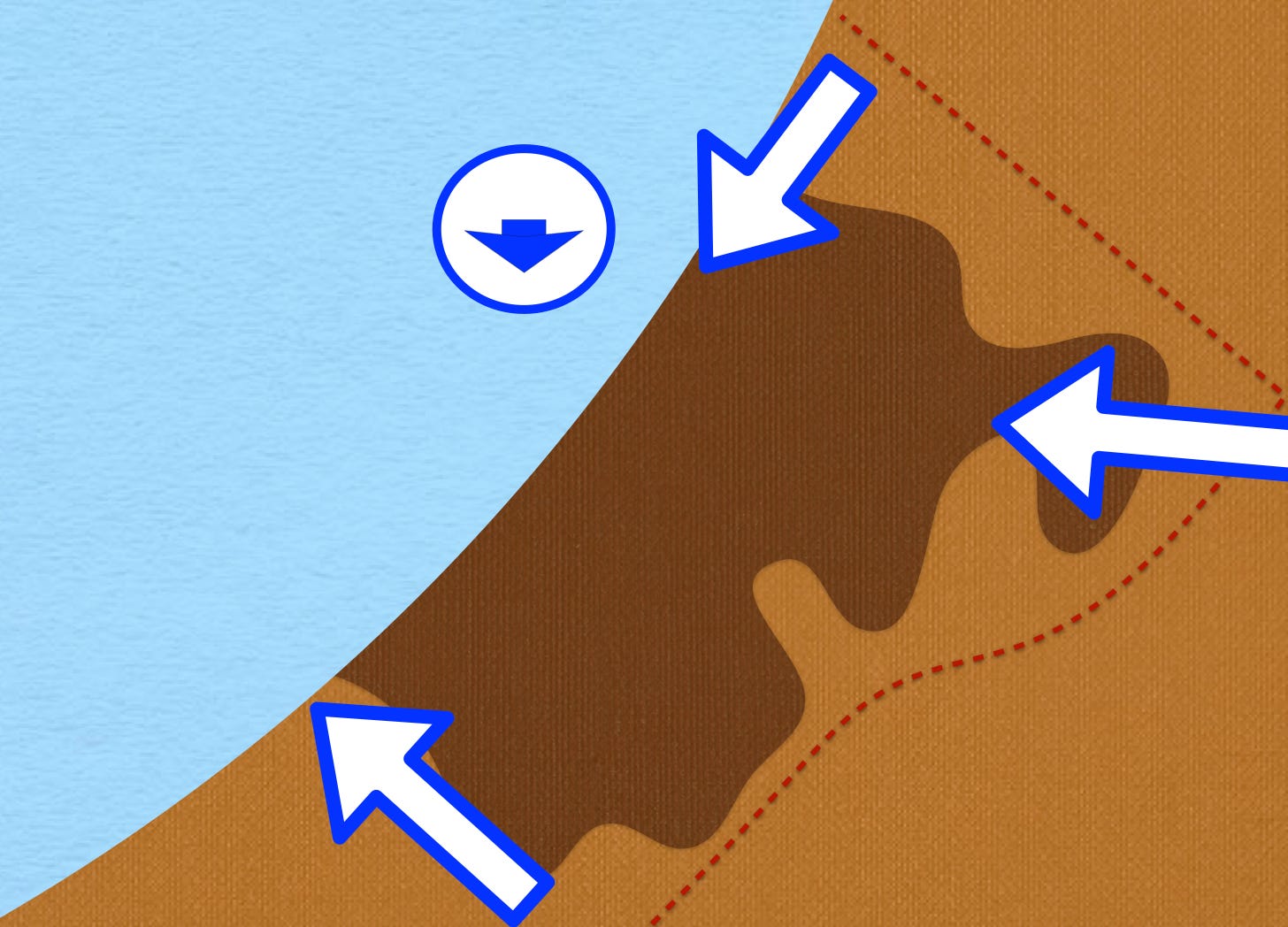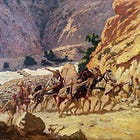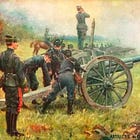What I Got Wrong About the War in Gaza
The three things I missed in previous articles on the fight between Israel and Hamas
Welcome to the Tactical Notebook, where you will find more than six hundred articles about the armies that are, the armies that were, and the armies that might have been.
In my earlier attempts to make sense of the ongoing war between Israel and Hamas, I made three mistakes. The first resulted from my failure to consider the role that Israeli naval forces could play in the isolation of Northern Gaza. The second stemmed from the presumption that the Israeli ground forces would conduct a “hammer and anvil” maneuver rather than an encirclement. The third owes much to my underestimation of the factor of time.
I have seen little mention, let alone complete accounts, of the actions of the Israeli Navy. However, when viewed through the lens of the recent emphasis within the Israeli Navy on “brown water” operations and close cooperation with ground forces, the geography of Northern Gaza suggests that Israel warships are supporting the movement of Israeli land forces along the western edge of Northern Gaza.
I suspect that, at the very least, Israeli vessels are hosting forward observers for artillery batteries located north of Northern Gaza and forward air controllers for Israeli aircraft. They may also be firing upon places where Hamas fighters are, or are presumed to be, located.
At first glance, the shipboard weapons of Israeli warships, which consist largely of guided missiles designed to sink ships and shoot down aircraft, seem poorly suited to such work. Upon closer inspection, however, much of the western half of Northern Gaza sits upon western-facing slopes that offer lots of targets for flat-trajectory, high-velocity guns like the 76mm pieces sported by some Israeli corvettes.
A report of Israeli warships firing upon anti-tank guided missile teams leads me to think that the degree of cooperation between Israeli ships at sea and Israeli columns ashore may be very close indeed. That is, while Israeli warships are probably firing upon places likely to harbor Hamas kornetisti well ahead of the arrival of Merkavot and Namerim, it is also possible that sailors have been shooting in response to particular requests made by their compatriots on land.
The advance of armored columns down the beach supports the contention, made often of late by spokesmen for the Israeli Defense Forces, that the encirclement of Northern Gaza is an accomplished fact, soon to be followed by the entry of Israeli ground forces into the heart of Gaza City. This, in turn, suggests that the Israeli government wants the conquest of Northern Gaza done and dusted in the very near future, even if the requisite haste results in considerable loss of life and limb on the part of both Israeli soldiers and Palestinian civilians.
In this respect, Israel resembles the Balkan states arrayed against the Ottoman Empire in the fall of 1912. Unable to bear the economic burden of keeping their citizen-soldier armies in the field for long periods of time, and mindful that the great powers of the day might, at any moment, impose an end to hostilities, they suffered heavy losses, and inflicted much harm on civilians, for the sake of the speedy seizure of the city of Adrianople.
In addition to these traditional concerns, the Israeli government must also reckon with the price that it pays in support, domestic as well as international, for each day that that it drops bombs on Gaza. Thus, while the logic of tactics suggests that Israel would be well advised to undertake a long series of “bite and hold” attacks, the logic of politics demands rapid resolution.
For Further Reading:








